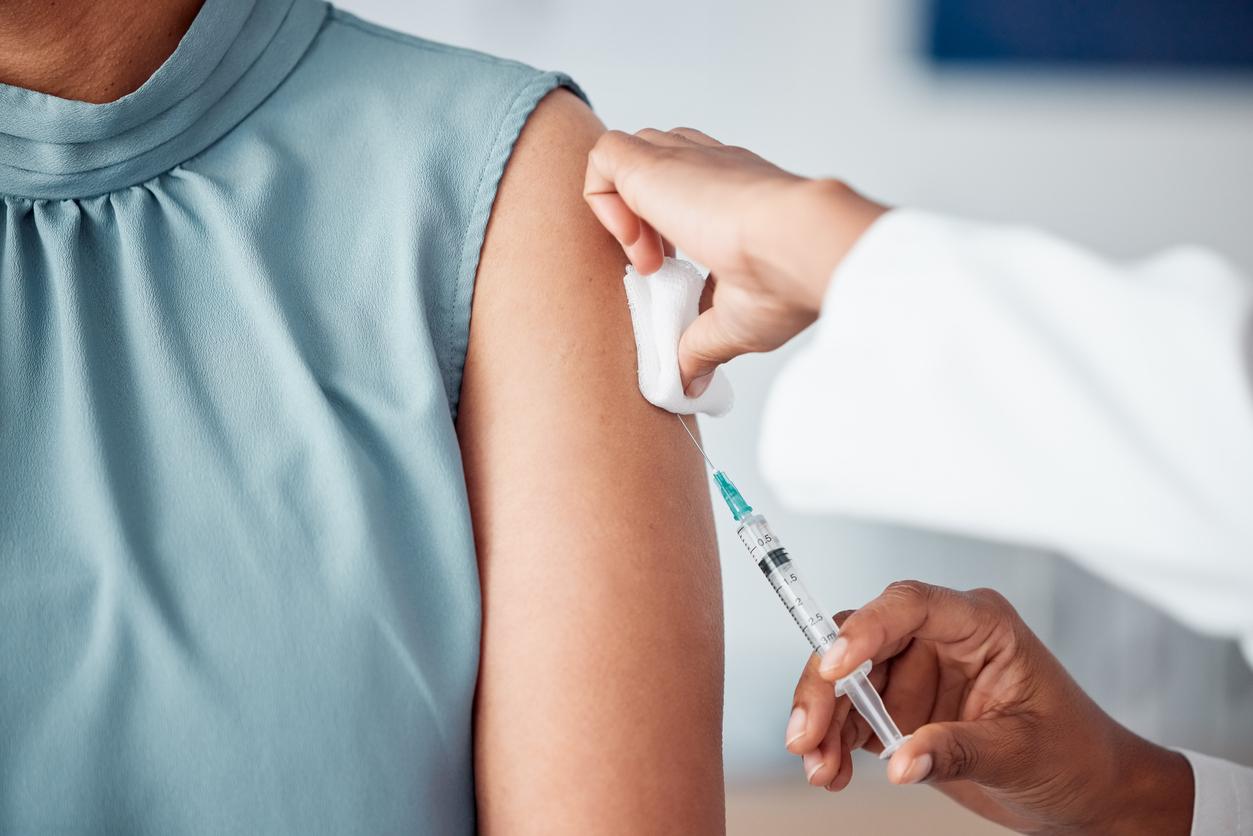Public Health France notes a decrease in the number of visits to the emergency room for drowning between June 1 and August 4, 2020 compared to the average in 2018 and the same period in 2019. A drop which can be partly explained by the effects of the Covid-19.
-1597059477.jpg)
Has Covid-19 prevented drownings? This is the surprising conclusion reached by epidemiologists from Public Health France at the beginning of August. In its mid-summer bulletin, the health surveillance organization notes a 22% decrease in the number of visits to the emergency room between 1er June and August 4, 2020 for drowning, compared to the 2018 summer average. Among these 596 emergency room visits, there are 27% fewer in June and 18% fewer in July.
One of the reasons that could explain this drop in accidents? “Until June 22, the closure of public or private paying swimming pools (municipal, leisure bases, amusement parks) and private swimming pools for collective use (hotels, holiday residences, campsites, holiday clubs) and the restrictive conditions access to certain beaches have reduced swimming and therefore the risk of drowning”, explains Public Health France. In addition to this phenomenon of restricted access, in July, there was a drop in tourist numbers in certain regions and in particular the arrival of foreign tourists compared to previous years. Human factors to which are added “less favorable” weather in June and early July 2020. However, the heat waves experienced by France in August could, on the contrary, push people to swim more and therefore perhaps increase the number of visits to the emergency room for drowning.
Watch out for young children and seniors
For now, 47% of drowning victims treated in emergencies remain children under 6 years old. A high rate which remains stable compared to previous years. The second most affected population are those over 65, at 12%, often due to an overestimation of their physical capacity. Then, 6-12 year olds also represent 12% of emergency room visits for this reason.
This overall drop in drowning emergencies concerns almost all regions. Among the most spectacular decreases: Brittany totals at the beginning of August 19 emergency visits for drowning against almost double the two previous years; the Grand-Est recorded 15 cases, half as many as in 2018 and 2019; Île-de-France recorded 12 emergencies compared to 34 in 2019 and 44 in 2018; and Normandy has recorded 6 visits in recent months compared to around twenty in the two previous years. Other regions observe a stabilization of their data mainly due to the low number of emergency visits for drowning in normal times, such as Auvergne-Rhône-Alpes, Bourgogne-Franche-Comté, Hauts-de-France, Corsica or the Pays -Of the loire. A drop in the number of emergency visits is also noted in the three regions of the southern coast – Nouvelle-Aquitaine, Occitanie, Provence-Alpes-Côtes-d’Azur – but the gross number of cases remains high and exceeds 100 emergency visits. .
According to one Public Health France survey conducted during the summer of 2008, drowning is the leading cause of accidental death for people under 25, with a total of one thousand deaths each year. If caution is required, it is recommended to bathe systematically in supervised areas, to do everything to avoid hydrocution and to learn to swim as soon as possible, when the synchronization of movements allows it; or from 6 years old.
.
















